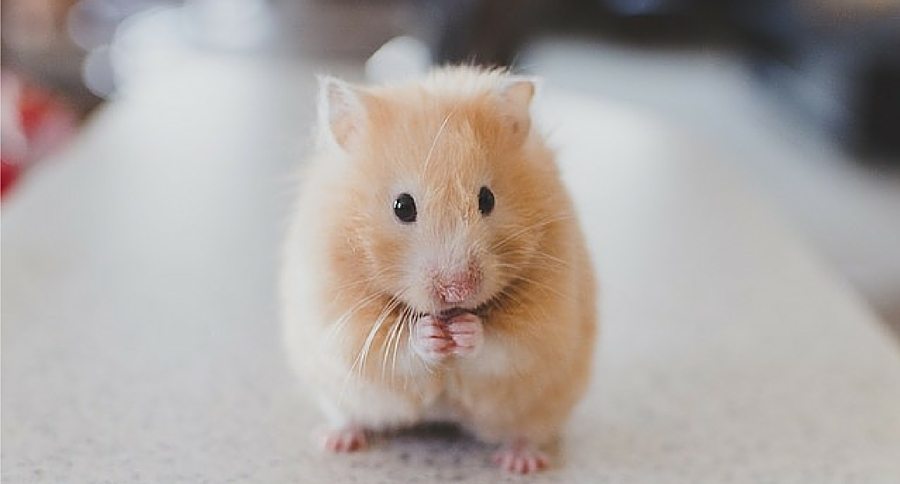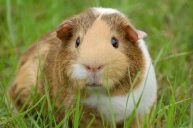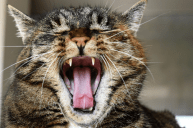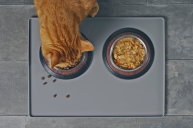If you're planning to get a new hamster, you'll need to know how to give your pet the best care possible. Part of the responsibility of owning a small animal means learning about the most important elements to include in your hamster's new home, from the right cage to the right water bottle. With a little research and preparation, you'll be able to give your hamster the care he needs.
While hamsters are often relatively healthy, they can develop a condition called wet tail disease. Wet tail is a bacterial infection that can be fatal to hamsters if left untreated. If you know how to recognize the symptoms of wet tail, you can act quickly to get your sick hamster the right care.
Cause of Wet Tail
Lawsonia intracellularis, the bacteria that causes hamster wet tail, thrives on feces. When a hamster ingests food or water that has been contaminated with the bacteria through fecal droppings, he can contract the disease.
Avoiding stress is one way to keep your pet healthy. Stressful conditions, like excessive handling or unfavorable living conditions, can compromise a hamster's immune system and make the rodent more susceptible to the illness. Baby hamsters and newborn hamsters who are still developing their immune systems are more prone to the disease.
Wet Tail Symptoms
Wet tail is most notable by excessive watery diarrhea. The soft feces often collects on a hamster's stubby tail, explaining the disease's namesake. As the illness is characterized by GI upset, a hamster would also show physical signs of abdominal discomfort, such as hunching.
Other symptoms include lethargy, sunken eyes, inappetence, bloody stool, lack of appetite, or a swollen rectum.
Treating Wet Tail
Wet tail can be treated with a dose of antibiotics if caught and addressed in a timely manner. Medications to help with intestinal discomfort might also be prescribed.
Because severe diarrhea often results in severe dehydration, fluids might be administered orally with an eyedropper or injected subcutaneously. Fibrous fruits and vegetables should also be put on hold as a dry, pelleted diet can soak up some of the intestinal liquid, helping to retain water and solidify feces.
Preventing Wet Tail
In addition to maintaining a calm and comfortable living environment for your hamster, a clean cage is vital to preventing this disease. Wet tail is easily transmitted between hamsters, so it is wise to look into the pet store conditions before adopting one. Additionally, if you have two of the rodents in the same habitat, separate them at the first sign of possible symptoms, whether behaviorally or physically.
Some breeds are more susceptible than others. Dwarf hamsters do not get wet tail while teddy bear hamsters, known for their tail nubs, are the most commonly afflicted.




